Straight hair is not always the low-maintenance dream people think it is.
Sure, it looks sleek—until it flattens out by noon, clings to your face like a ghost, or refuses to hold any volume no matter what you try.
It’s the hair type that gets overlooked in the hair struggle conversation. While everyone’s swapping curl creams and twist-out tips, we’re over here battling pancake roots and flyaways that could cut glass.
But don’t grab the hat just yet.
There are ways to fight back—and look amazing doing it.
This post breaks down 8 of the most maddening straight-hair issues and hands you 9 easy, real-life fixes that actually work. No fluff. No false promises. Just smart tweaks and simple swaps that’ll bring your straight strands to life.
Get ready to fight flatness with flair.
Limp and Lifeless Locks
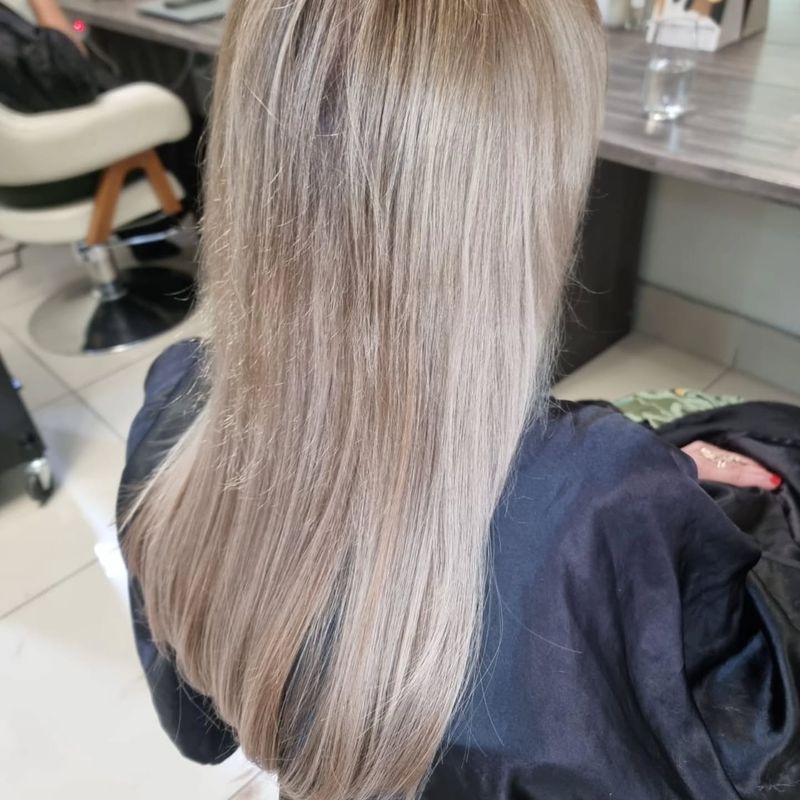
Lifeless hair can be a real downer. The lack of volume often leaves straight hair looking flat and dull. To counter this, some people turn to volumizing shampoos. These products are formulated to lift the hair from the roots, providing a fuller appearance.
Maintaining a healthy diet rich in proteins can also bolster hair health. Regular trims prevent split ends, which can weigh down hair further.
For an instant boost, try blow-drying your hair upside down. This technique uses gravity to naturally lift the hair and create a bouncy look.
Persistent Frizz
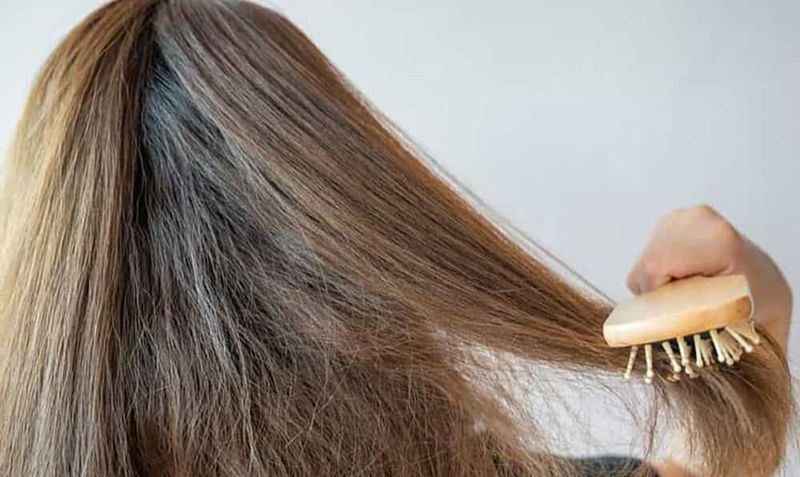
Frizz is a common nemesis, especially in humid climates. Despite being straight, the hair can develop a halo of frizz that disrupts its sleekness. Using a good anti-frizz serum can help tame flyaways and smooth the hair cuticle.
Humidity-resistant hairsprays are another great tool to combat frizz. They seal the hair, preventing moisture from causing chaos.
Incorporating a silk pillowcase can reduce friction while you sleep, minimizing frizz. It’s a small change that can make a big difference in maintaining that sleek look.
Greasy Roots

Greasy roots can deflate any hairstyle. Straight hair tends to show oiliness more prominently than other textures. One quick fix is using a dry shampoo. It absorbs excess oil and revives limp roots, giving the hair a refreshed appearance.
Washing hair less frequently can even out oil production over time. Opt for gentle, sulfate-free shampoos to avoid stripping the scalp of its natural oils.
Rinsing with cold water after shampooing can close hair cuticles, making them less prone to oil absorption.
Static Cling

Static cling can turn a good hair day into a bad one. It’s especially common in colder months when the air lacks humidity. Using a leave-in conditioner can help by hydrating the hair, reducing static.
Carrying a dryer sheet in your bag for emergencies can also come in handy. Rubbing it lightly over your hair can neutralize static.
Additionally, switching to a wooden comb instead of plastic can minimize static buildup, as wood’s natural properties discourage static electricity.
Split Ends
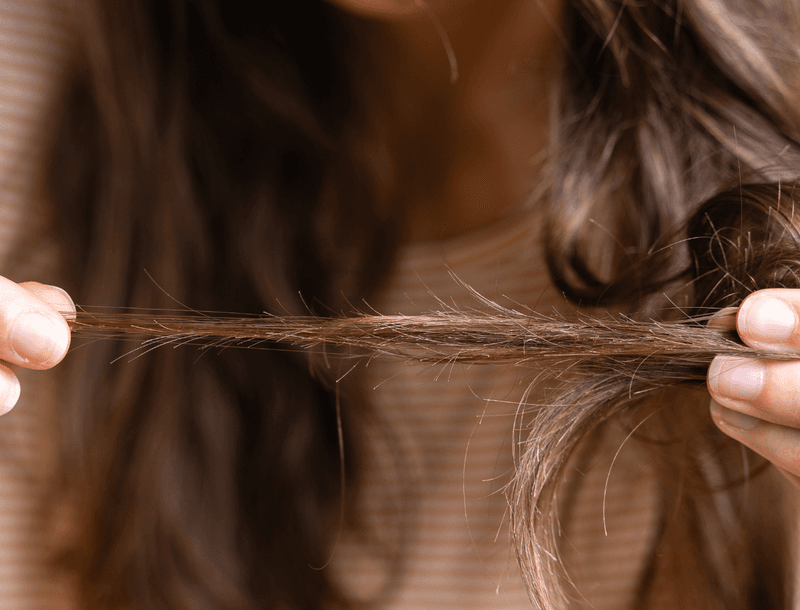
Split ends are an unavoidable issue for many. They give hair a ragged appearance, detracting from its sleekness. Regular trims every 6-8 weeks help keep split ends at bay.
Deep conditioning treatments can also fortify hair strands, making them less prone to splitting. Using a wide-tooth comb on wet hair minimizes breakage.
Heat styling tools should be used sparingly and always with a heat protectant. This guards against damage that can lead to splits.
Lack of Texture

Straight hair often lacks texture, leaving it flat and uninteresting. A texturizing spray can work wonders, providing body and movement without weighing hair down.
Braiding damp hair overnight can create natural-looking waves without heat damage. This is a simple, no-fuss way to diversify your straight hair look.
For a more permanent solution, consider a professional texturizing treatment that can add long-lasting volume and texture.
Color Fading
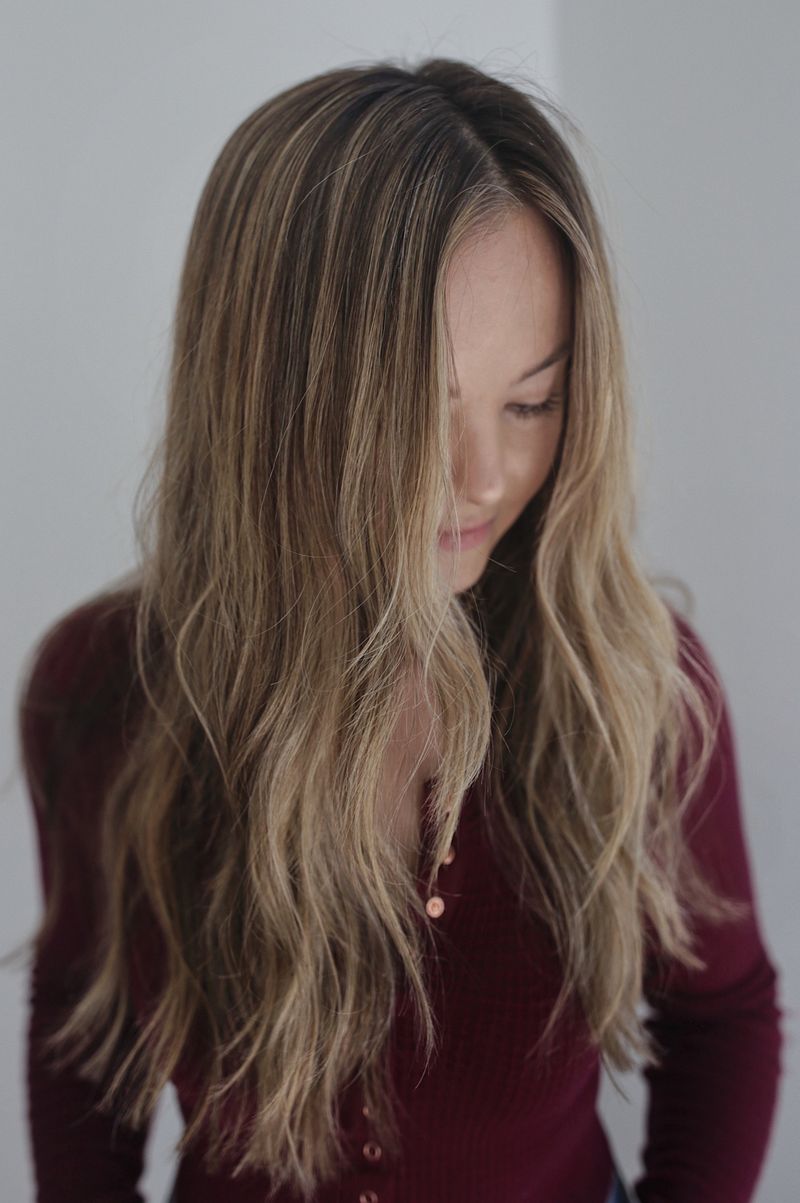
For those who dye their straight hair, color fading can be frustrating. The sleek nature of straight hair makes faded colors more visible. A color-protecting shampoo can help retain vibrancy longer.
Avoiding excessive sun exposure and chlorine can also preserve color. These elements are notorious for stripping color from hair.
Additionally, washing hair with cool water helps seal the cuticle, reducing color loss. This small adjustment in your routine can make a significant difference.
Brittle Strands
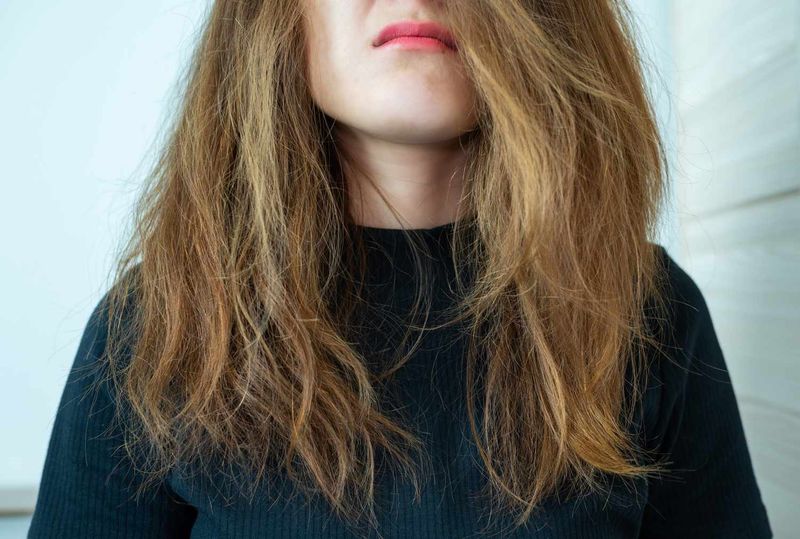
Brittle hair is prone to breakage, making it challenging to maintain length and health. Weekly hair masks can infuse moisture and strength, combating brittleness effectively.
Protecting hair from harsh weather conditions by wearing a hat or scarf can prevent further drying.
Incorporating omega-rich foods into your diet can nourish hair from within, promoting a healthier structure. This holistic approach ensures your hair remains resilient and robust.
Oily Scalp
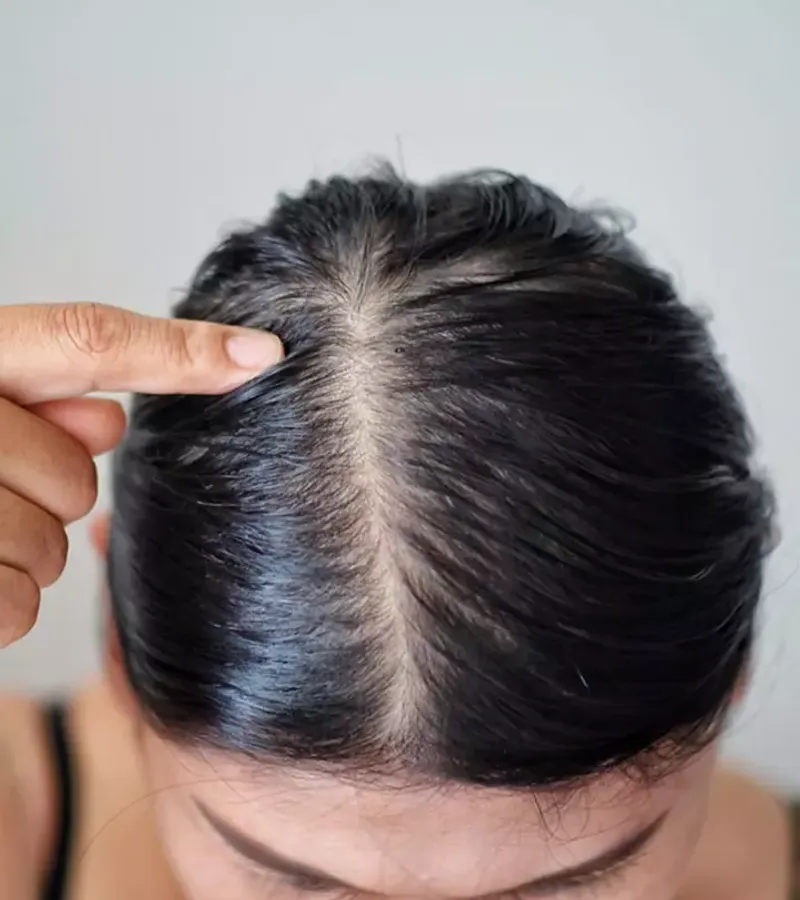
An oily scalp can make straight hair appear greasy and unkempt. Scalp scrubs can exfoliate the scalp, removing excess oil and product build-up.
Incorporating apple cider vinegar rinses into your routine can help balance scalp pH. This natural remedy is both effective and gentle.
Choosing the right shampoo is essential. Opt for formulas specially designed for oily scalps to regulate oil production effectively.
Flat Iron Addiction
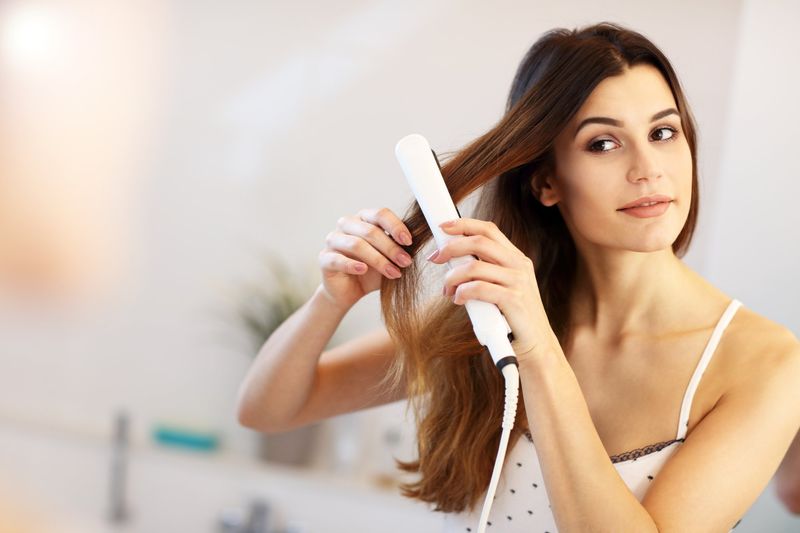
Flat iron addiction can lead to damaged, lackluster hair. Overuse of heat styling tools strips hair of moisture, leading to brittleness.
Limiting heat styling to once or twice a week can drastically improve hair health. Always use a heat protectant before styling to minimize damage.
Experimenting with heatless styling methods, such as braiding or twisting, offers alternatives that are kinder to your hair.
Breakage
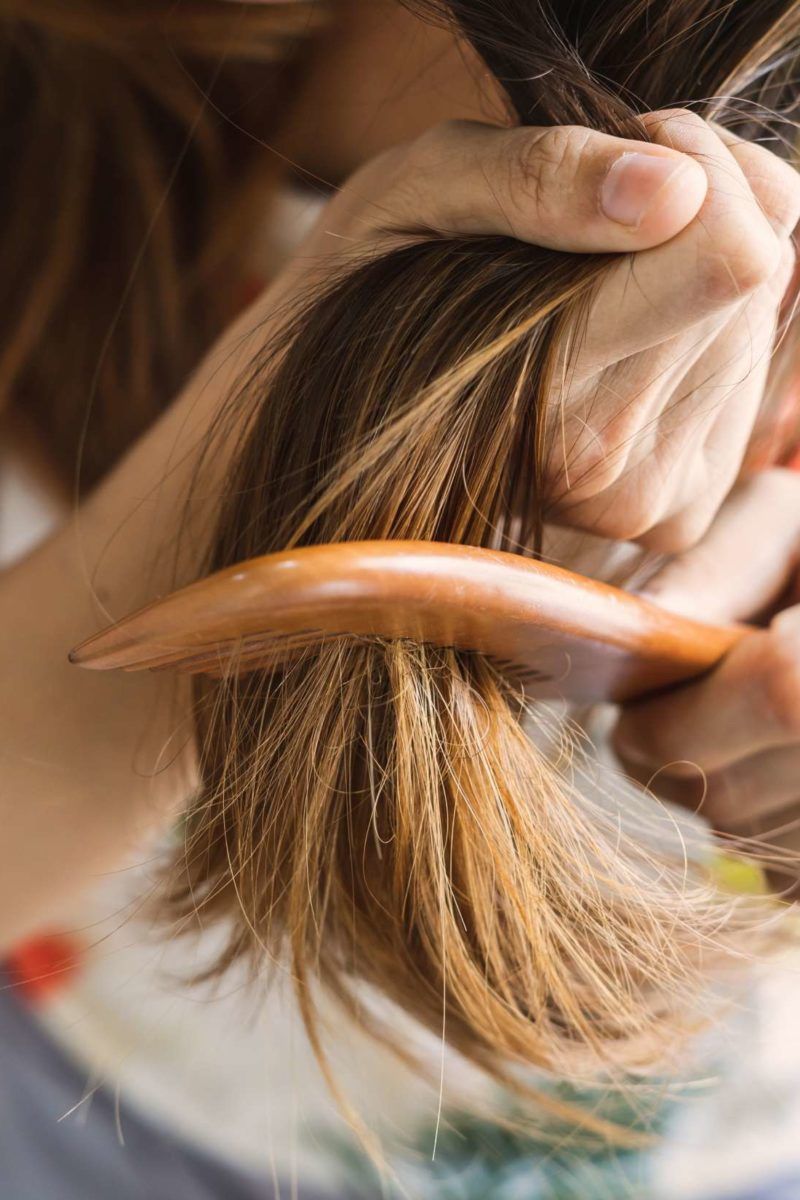
Breakage can plague straight hair, making it look thin and lifeless. Using a wide-tooth comb on wet hair reduces the risk of breakage significantly.
Avoiding tight hairstyles that put stress on the hair can also help in maintaining its integrity. Opt for loose braids or ponytails instead.
Incorporating protein-rich treatments can strengthen hair strands, making them less prone to breaking under pressure.
Heat Damage
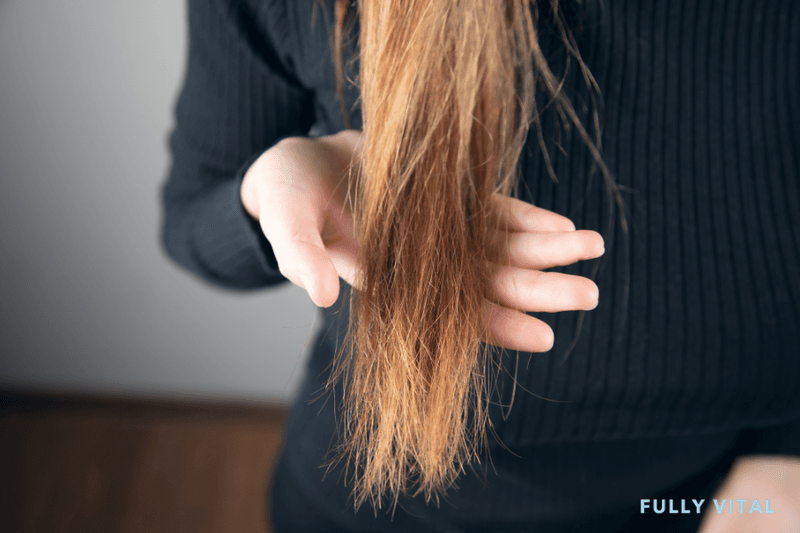
Heat damage leaves hair looking frazzled and dry. Straight hair often shows signs of damage more readily.
Using a heat protectant before styling is crucial. It forms a barrier, reducing the impact of high temperatures.
Regularly incorporating moisture-rich conditioners can help restore some of the lost hydration, improving the hair’s appearance and texture.
Excessive Shedding
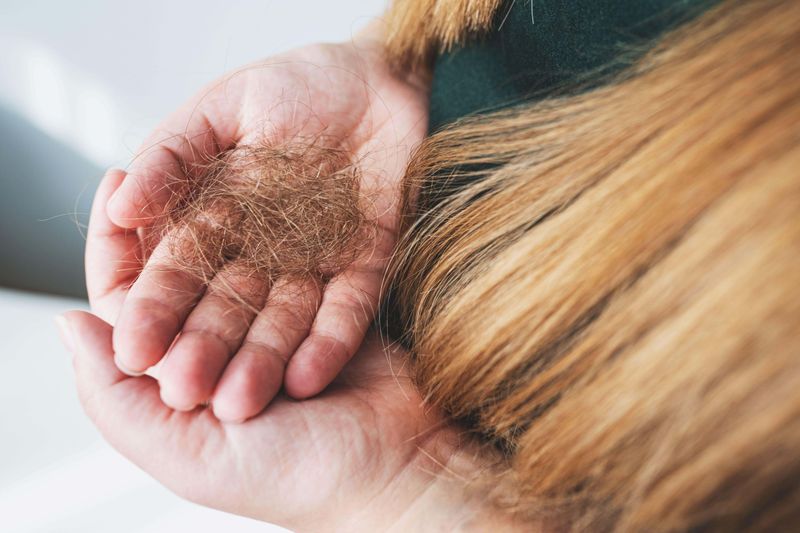
Shedding is a natural process but can be alarming when excessive. Straight hair can make shedding more noticeable due to its texture.
A balanced diet rich in vitamins and minerals supports healthy hair growth, reducing shedding.
Stress management techniques, such as yoga or meditation, can also reduce shedding linked to stress.
Identifying and eliminating harsh hair products that might exacerbate shedding is vital.
Dry Ends
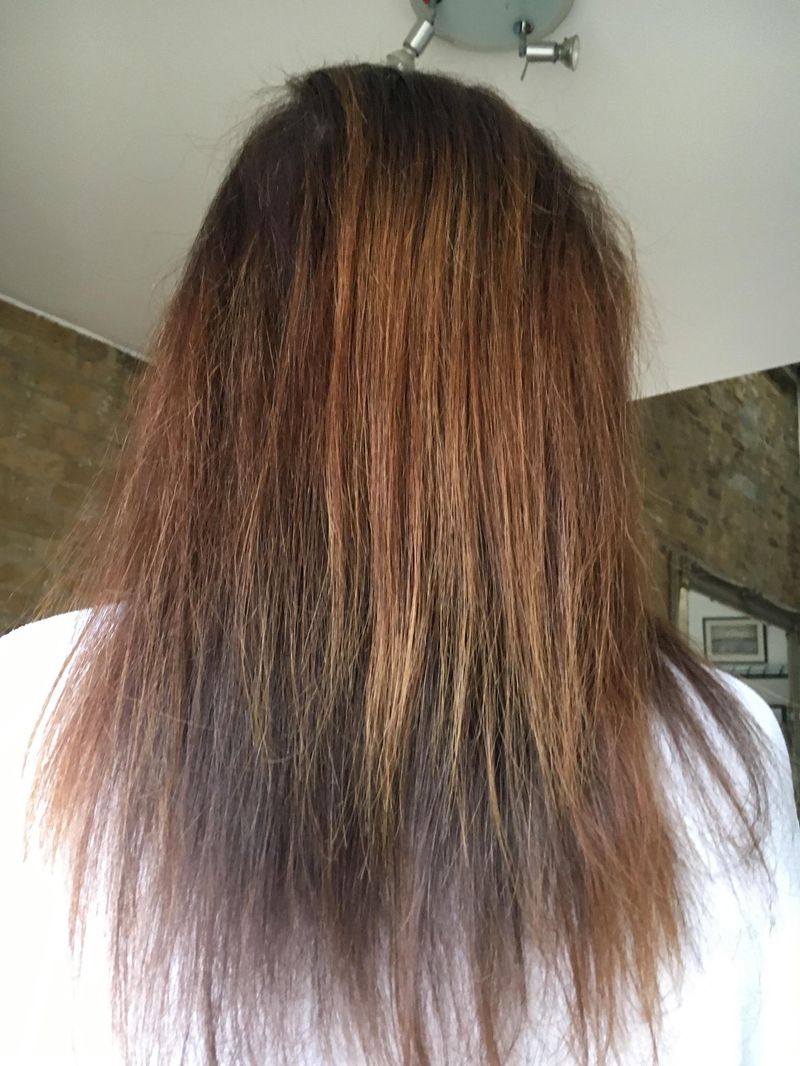
Dry ends can give even the sleekest hair an unkempt look. Applying nourishing hair oils can infuse moisture, giving ends a healthier appearance.
Regular trims are essential to remove damaged ends and keep hair looking fresh.
Choosing a hydrating shampoo and conditioner duo specifically for dry hair can make a difference in maintaining moisture balance.
Chemical Damage

Chemical treatments can lead to brittle and weak straight hair. Consulting with a professional for damage control treatments can restore some of the lost strength.
Using products specifically designed for chemically treated hair can prevent further damage and promote recovery.
Incorporating protein treatments into your routine can bolster the hair’s resilience, making it less susceptible to breakage.
Thin Appearance
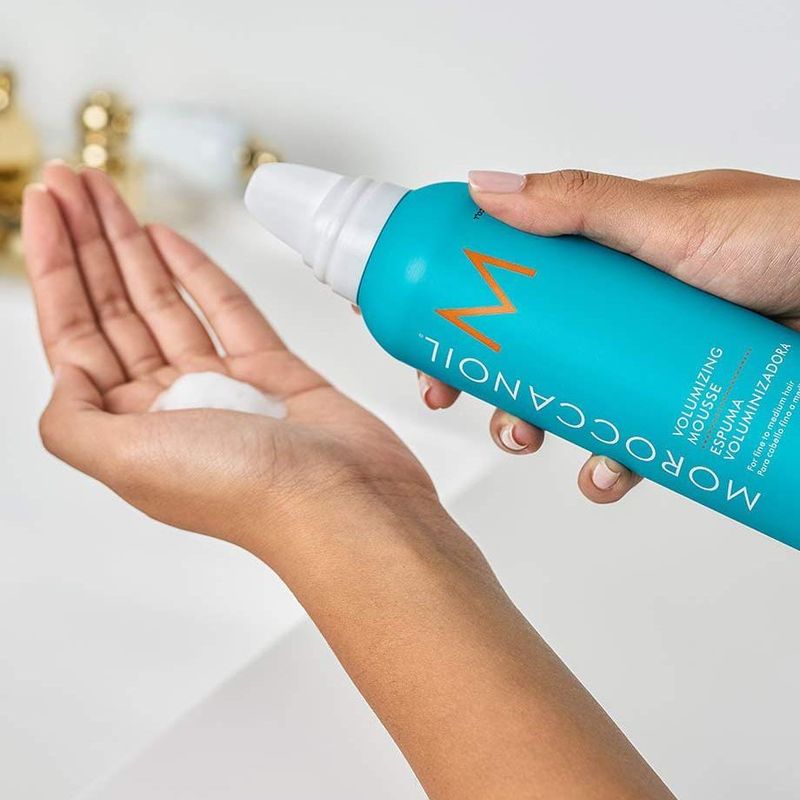
Straight hair often appears thinner than it is. A volumizing mousse can add body, creating an illusion of thicker hair.
Blow-drying with a round brush lifts hair at the roots, enhancing volume.
Choosing hairstyles that add dimension, such as layered cuts, can also make hair look fuller.
A biotin supplement can support hair health from within, potentially increasing thickness over time.
Tangled Tresses

Straight hair can become tangled easily, especially when exposed to wind or after washing. A detangling brush can gently remove knots without causing breakage.
Conditioners with detangling properties can also ease the combing process, making it smoother and less painful.
Protective hairstyles at night, like braids or buns, can prevent tangles from forming while you sleep.
